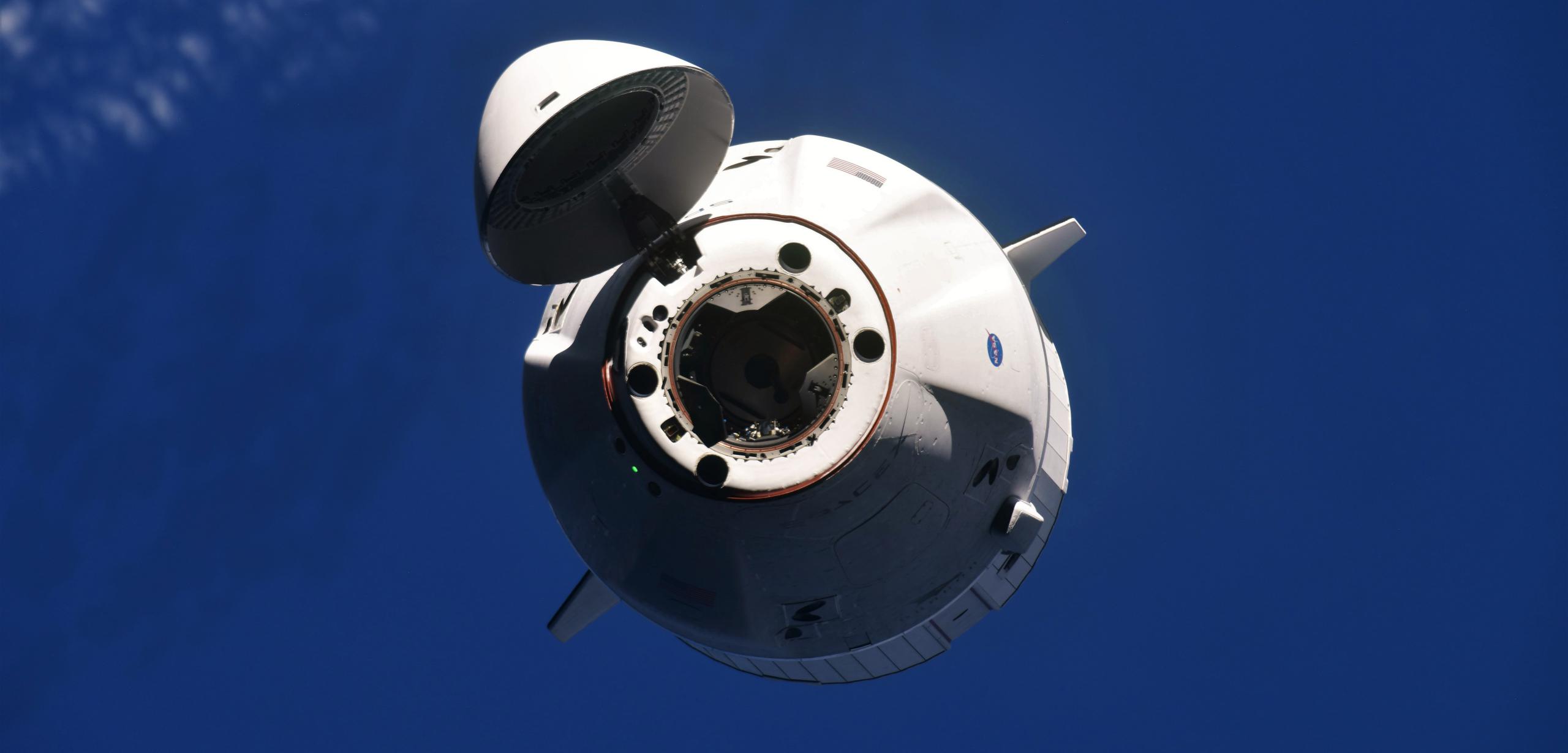
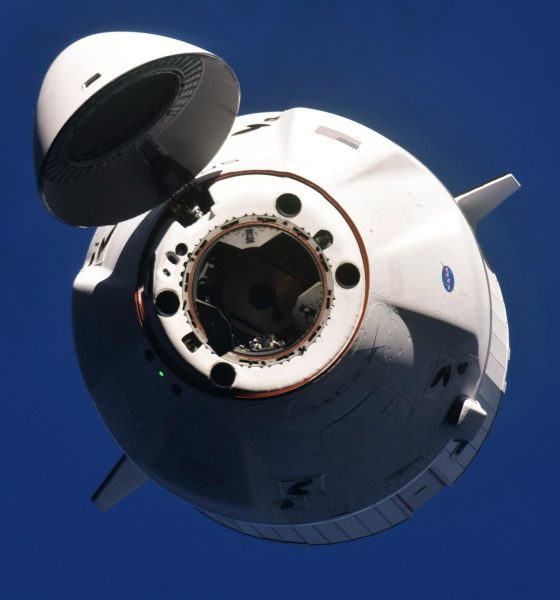
News
SpaceX docks two Dragons to the space station for the first time
For the first time, SpaceX has successfully docked two Dragons to the International Space Station (ISS) at the same time.
Carrying roughly three metric tons (~6600 lb) of cargo, SpaceX’s first upgraded Cargo Dragon aced its inaugural orbital flight and docking attempt on the first try, safely latching itself to the space station around 1:45 pm EST (UTC-5) on Monday, December 7th.
For the second time, Roscosmos cosmonaut Sergey Kud-Sverchkov thankfully managed to pick up some of the slack from the inexplicably tiny handful of NASA photos published from two historic Dragon arrivals, capturing both Crew-1 and CRS-21 in spectacular detail.
There are two Dragons on the @Space_Station at once. The #Dragon2 cargo spacecraft (an uncrewed ‘twin’ of the Crew Dragon) arrived yesterday and delivered scientific equipment, food supplies, etc.
This was the first time I watched a spacecraft dock with the ISS. Fantastic! pic.twitter.com/XrkzUYgrsG— Sergey Kud-Sverchkov (@KudSverchkov) December 8, 2020
Sharing another portion of video of the yesterday’s @SpaceX #Dragon2 cargo spacecraft docking to the @Space_Station.
The ground velocity is tremendous: about 8 km/s, while the relative velocity of the multiton vehicle during touchdown is only 15 cm/s – it went almost unnoticed. pic.twitter.com/dqZ63qn8MX— Sergey Kud-Sverchkov (@KudSverchkov) December 8, 2020
Admittedly, the single official photo of CRS-21 thus far published by NASA offers the first screenshot-free view of SpaceX’s Crew-1 Crew Dragon and CRS-21 Cargo Dragon in the same frame, succinctly capturing the historic milestone.
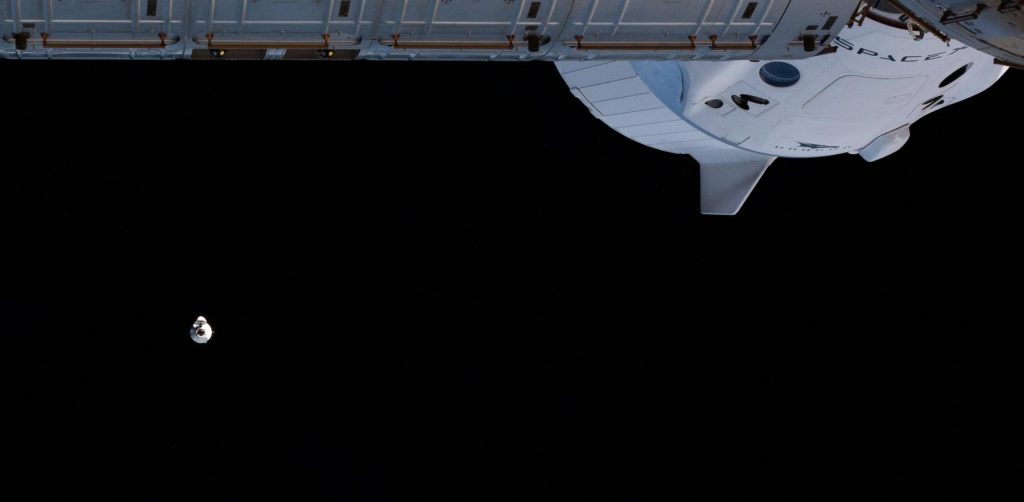
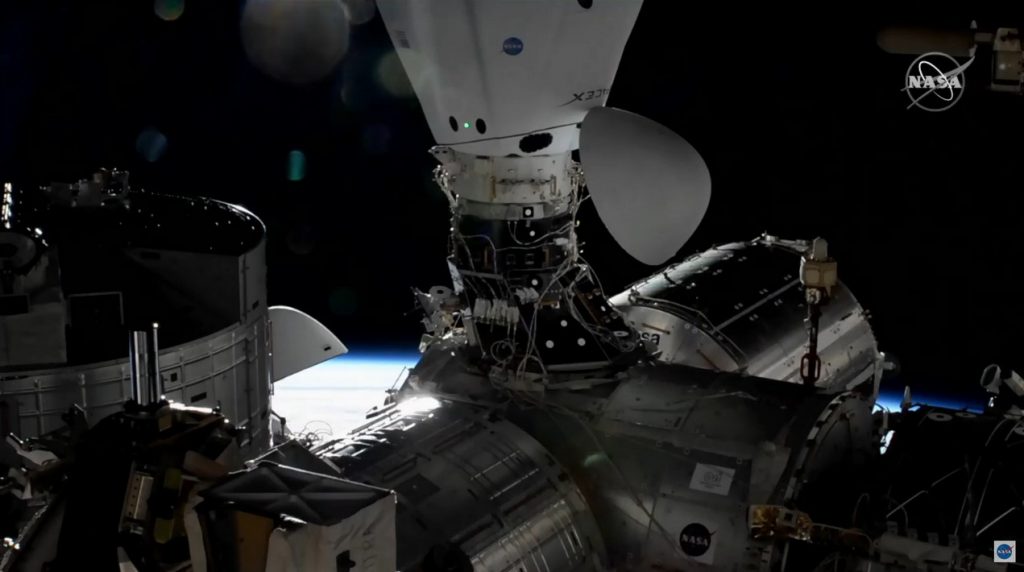
During NASA’s docking webcast, both retractable Cargo and Crew Dragon nosecones were also visible simultaneously, serving as a reminder that Cargo Dragon 2 is essentially a tweaked version of Crew Dragon. According to NASA, the space agency has officially signed contracts for at least nine Cargo Dragon 2 launches total, meaning that – barring additional contracts or an extension of the ISS lifespan – the final uncrewed Dragon flight could be CRS-29 in 2023 or 2024.
SpaceX itself uploaded a timelapse of Cargo Dragon 2’s first ISS docking taken from the spacecraft’s own camera not long after the milestone, offering some of the best live views of an ISS cargo or crew arrival in recent memory.
Ultimately, according to SpaceX officials, Crew-1 – launched on November 15th – kicked off what the company believes will be at least a year of a continuous Dragon presence on orbit, also meaning that all future Dragon launches (beginning with CRS-21) will see two Dragons simultaneously operating in orbit for at least a month or two. In the two-decade history of the International Space Station, only Russia’s national space agency has managed such a feat, serving as the sole provider of crew transport from 2011 to 2020 while simultaneously performing routine cargo launches.
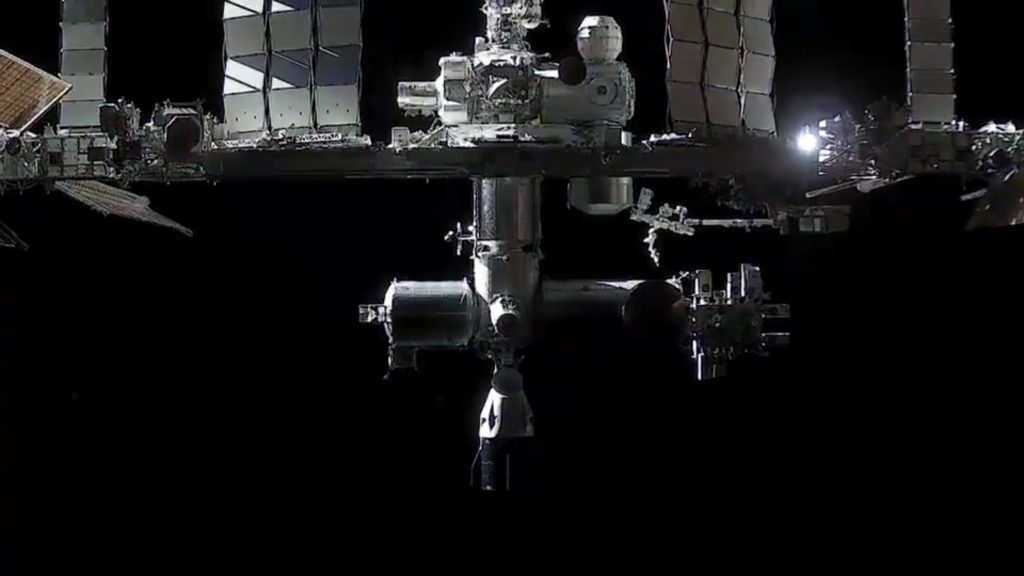
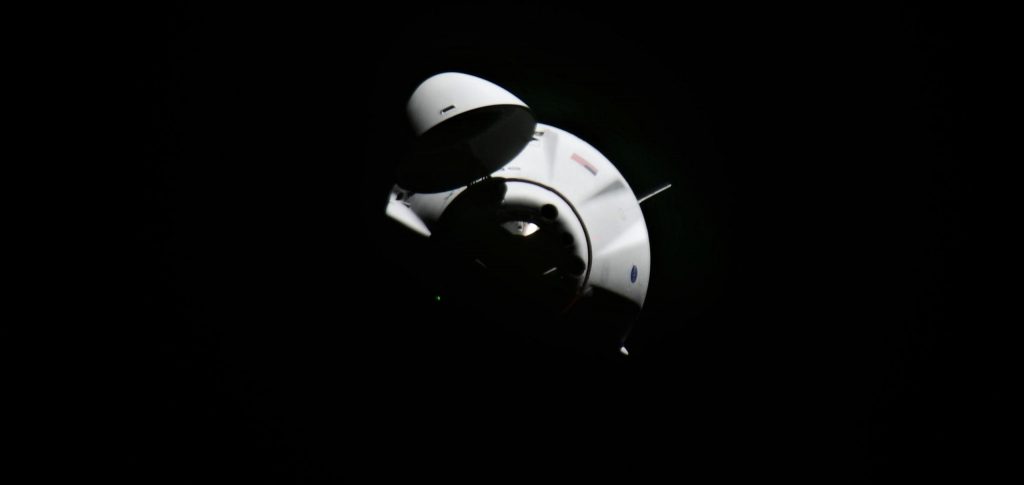
In 2021 alone, SpaceX has plans for at least five – and maybe six – Dragon launches, including the first astronaut launch to use a flight-proven spacecraft and booster and the first fully private tourist mission to orbit. Combined with Starlink, the back-to-back operational debuts of Crew Dragon and Cargo Dragon 2 arguably make SpaceX the world-leader in the production and operation of satellites and reusable spacecraft.

News
Tesla FSD fleet is nearing 7 billion total miles, including 2.5 billion city miles
As can be seen on Tesla’s official FSD webpage, vehicles equipped with the system have now navigated over 6.99 billion miles.

Tesla’s Full Self-Driving (Supervised) fleet is closing in on almost 7 billion total miles driven, as per data posted by the company on its official FSD webpage.
These figures hint at the massive scale of data fueling Tesla’s rapid FSD improvements, which have been quite notable as of late.
FSD mileage milestones
As can be seen on Tesla’s official FSD webpage, vehicles equipped with the system have now navigated over 6.99 billion miles. Tesla owner and avid FSD tester Whole Mars Catalog also shared a screenshot indicating that from the nearly 7 billion miles traveled by the FSD fleet, more than 2.5 billion miles were driven inside cities.
City miles are particularly valuable for complex urban scenarios like unprotected turns, pedestrian interactions, and traffic lights. This is also the difference-maker for FSD, as only complex solutions, such as Waymo’s self-driving taxis, operate similarly on inner-city streets. And even then, incidents such as the San Francisco blackouts have proven challenging for sensor-rich vehicles like Waymos.
Tesla’s data edge
Tesla has a number of advantages in the autonomous vehicle sector, one of which is the size of its fleet and the number of vehicles training FSD on real-world roads. Tesla’s nearly 7 billion FSD miles then allow the company to roll out updates that make its vehicles behave like they are being driven by experienced drivers, even if they are operating on their own.
So notable are Tesla’s improvements to FSD that NVIDIA Director of Robotics Jim Fan, after experiencing FSD v14, noted that the system is the first AI that passes what he described as a “Physical Turing Test.”
“Despite knowing exactly how robot learning works, I still find it magical watching the steering wheel turn by itself. First it feels surreal, next it becomes routine. Then, like the smartphone, taking it away actively hurts. This is how humanity gets rewired and glued to god-like technologies,” Fan wrote in a post on X.
News
Tesla starts showing how FSD will change lives in Europe
Local officials tested the system on narrow country roads and were impressed by FSD’s smooth, human-like driving, with some calling the service a game-changer for everyday life in areas that are far from urban centers.

Tesla has launched Europe’s first public shuttle service using Full Self-Driving (Supervised) in the rural Eifelkreis Bitburg-Prüm region of Germany, demonstrating how the technology can restore independence and mobility for people who struggle with limited transport options.
Local officials tested the system on narrow country roads and were impressed by FSD’s smooth, human-like driving, with some calling the service a game-changer for everyday life in areas that are far from urban centers.
Officials see real impact on rural residents
Arzfeld Mayor Johannes Kuhl and District Administrator Andreas Kruppert personally tested the Tesla shuttle service. This allowed them to see just how well FSD navigated winding lanes and rural roads confidently. Kruppert said, “Autonomous driving sounds like science fiction to many, but we simply see here that it works totally well in rural regions too.” Kuhl, for his part, also noted that FSD “feels like a very experienced driver.”
The pilot complements the area’s “Citizen Bus” program, which provides on-demand rides for elderly residents who can no longer drive themselves. Tesla Europe shared a video of a demonstration of the service, highlighting how FSD gives people their freedom back, even in places where public transport is not as prevalent.
What the Ministry for Economic Affairs and Transport says
Rhineland-Palatinate’s Minister Daniela Schmitt supported the project, praising the collaboration that made this “first of its kind in Europe” possible. As per the ministry, the rural rollout for the service shows FSD’s potential beyond major cities, and it delivers tangible benefits like grocery runs, doctor visits, and social connections for isolated residents.
“Reliable and flexible mobility is especially vital in rural areas. With the launch of a shuttle service using self-driving vehicles (FSD supervised) by Tesla in the Eifelkreis Bitburg-Prüm, an innovative pilot project is now getting underway that complements local community bus services. It is the first project of its kind in Europe.
“The result is a real gain for rural mobility: greater accessibility, more flexibility and tangible benefits for everyday life. A strong signal for innovation, cooperation and future-oriented mobility beyond urban centers,” the ministry wrote in a LinkedIn post.
News
Tesla China quietly posts Robotaxi-related job listing
Tesla China is currently seeking a Low Voltage Electrical Engineer to work on circuit board design for the company’s autonomous vehicles.

Tesla has posted a new job listing in Shanghai explicitly tied to its Robotaxi program, fueling speculation that the company is preparing to launch its dedicated autonomous ride-hailing service in China.
As noted in the listing, Tesla China is currently seeking a Low Voltage Electrical Engineer to work on circuit board design for the company’s autonomous vehicles.
Robotaxi-specific role
The listing, which was shared on social media platform X by industry watcher @tslaming, suggested that Tesla China is looking to fill the role urgently. The job listing itself specifically mentions that the person hired for the role will be working on the Low Voltage Hardware team, which would design the circuit boards that would serve as the nervous system of the Robotaxi.
Key tasks for the role, as indicated in the job listing, include collaboration with PCB layout, firmware, mechanical, program management, and validation teams, among other responsibilities. The role is based in Shanghai.
China Robotaxi launch
China represents a massive potential market for robotaxis, with its dense urban centers and supportive policies in select cities. Tesla has limited permission to roll out FSD in the country, though despite this, its vehicles have been hailed as among the best in the market when it comes to autonomous features. So far, at least, it appears that China supports Tesla’s FSD and Robotaxi rollout.
This was hinted at in November, when Tesla brought the Cybercab to the 8th China International Import Expo (CIIE) in Shanghai, marking the first time that the autonomous two-seater was brought to the Asia-Pacific region. The vehicle, despite not having a release date in China, received a significant amount of interest among the event’s attendees.








